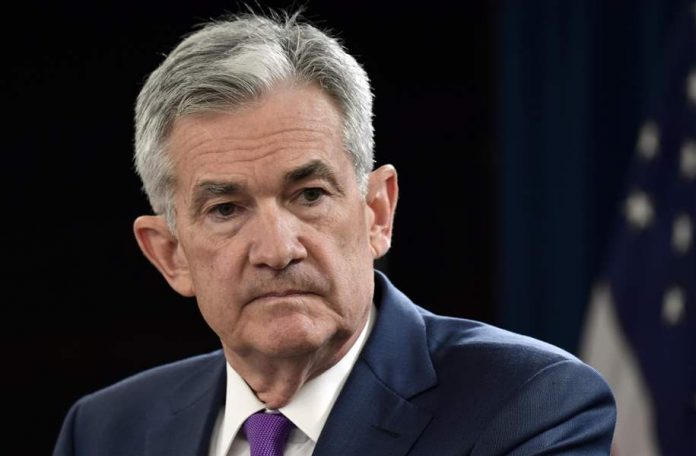Last week, the Federal Reserve hinted that it intends on keeping interest rates right where they are – in the 1.5% – 2% range. It’s a number that’s given economists pause throughout most of 2019.
Rates this low have put the U.S. past the point of no return, they say, but it’s kept the U.S. productive…
And the national debt cheap.
At $22 trillion, the U.S. owes a ton of cash – more than ever before – and not even a Warren or Sanders tax plan would be able to reduce it significantly.
So, unable to raise interest rates, Fed officials have suggested that they’re happy to leave everything well enough alone.
But up until now, it’s all been conjecture. Later today, the Fed will officially reveal their interest-rate agenda in an announcement that could help decide the market’s next move.
Some analysts, like G-Plus Economics’ Lena Komileva, see it as an opportunity for Chairman Jerome Powell to keep the good times rolling.
“A resetting of the Fed’s inflation target implies that the Fed would be prepared to let labor markets run hot for a while and tolerate an inflation overshoot for a number of years, in effect ensuring that U.S. yields remain comfortably below nominal GDP levels for the foreseeable future,” she said.
However, Komileva also believes that investors are too optimistic that another rate cut is coming. Moreover, she thinks that if uncertainty arises in 2020, the current bull run could quickly fall apart.
“The potential for a bearish re-steepening of the yield curve remains high, especially as equity markets are buoyant, the U.S. consumer remains resilient and the global industrial down-cycle plateaus,” Komileva said.
“This appears to assume a very pessimistic outlook for U.S. political risk and U.S.-China trading relations heading into the 2020 U.S. presidential elections.”
Michael Feroli, an economist at J.P. Morgan Chase, feels the same way about the Federal Open Market Committee’s (FOMC’s) future plans.
“While there will likely still be some dots looking for a hike or two next year, we suspect a large number of the FOMC will be comfortable projecting no change for policy rates in the year ahead,” he said, referencing the Fed’s “dot-plot” that measures the FOMC members’ individual expectations for interest rates.
In the September dot plot, the FOMC indicated that it does not expect future rate changes.
With the way things are going stateside, sentiment among the members is unlikely to change. The new dot plot, due out later today, could also show how unified Fed officials truly are. September’s chart displayed a “striking lack of consensus” according to Richard Moody, the chief economist at Regions Financial Corp.
“It will be interesting to see if anything has changed in the past three months,” he said.
And unless we see a new trade war development in the next few days, this afternoon’s Fed announcement will likely skew the market (up, down, or sideways) for the near future.
A “no change” plan would keep stocks treading water. If rates are expected to drop further, bulls might send equities higher.
If rates are expected to rise, look out below – the major indexes are already stagnating near their all-time highs, and investors don’t need any more reasons to sell.
A higher-rate 2020 would certainly be one.
So, pending a surprise trade war tweet from President Trump, the FOMC could single-handedly send stocks spinning. But based on what we’ve seen so far this year – a strong economy and even stronger workforce – there’s little reason to be worried about another Fed-driven “flash crash.”
At least, not yet.








